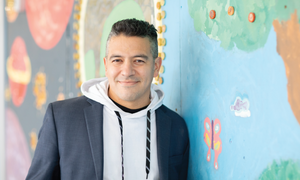article
Digital Literacy Toolkit
In this toolkit, you’ll find discussion questions and activities that build on TT’s Digital Literacy Videos. The videos, questions and activities are designed to introduce students to the skills and competencies outlined in the Digital Literacy Framework.
